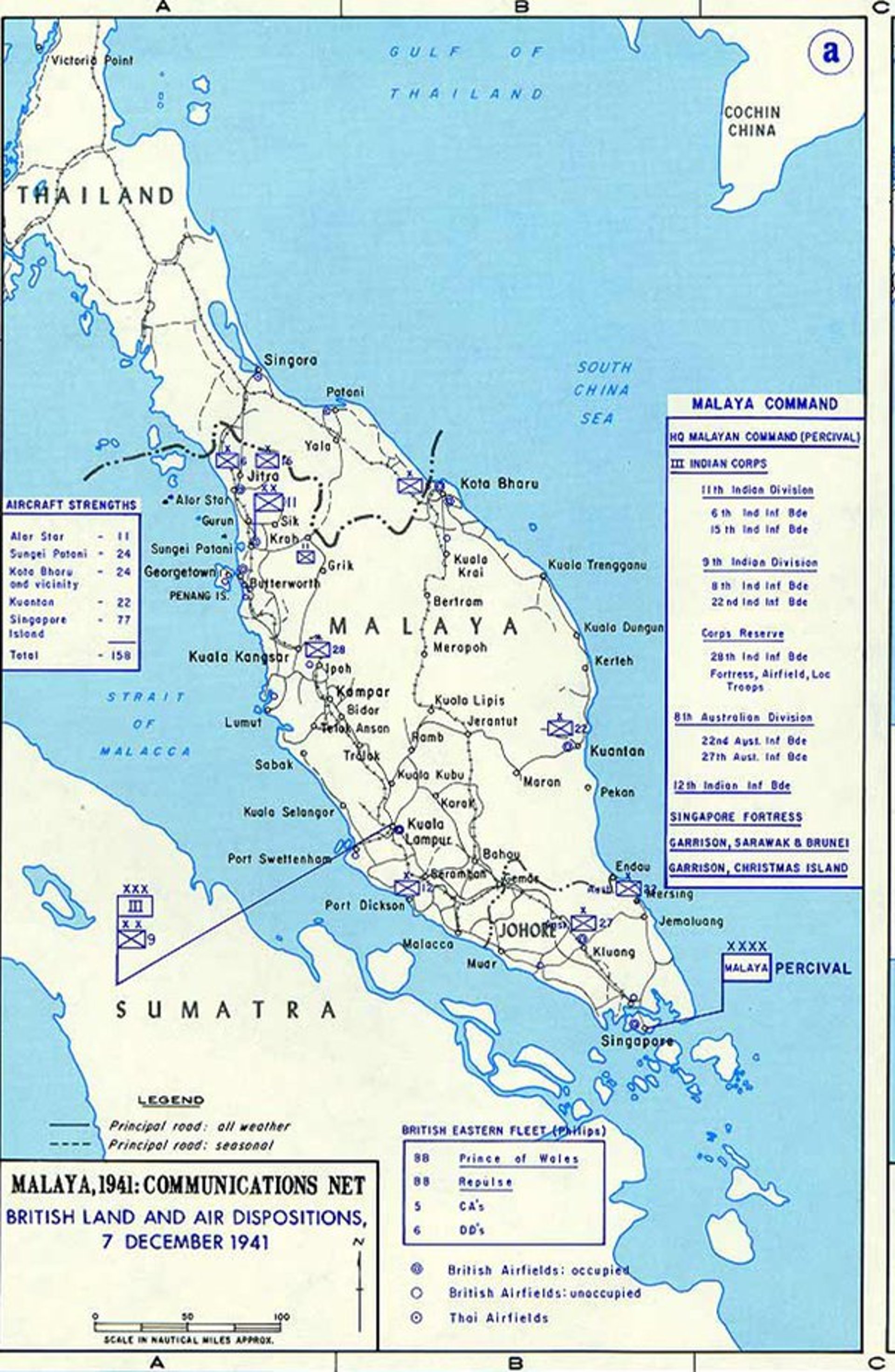
You didn’t come this far to stop
The 27-Month Countdown to Catastrophe
Descent into Hell - Episode 2: The 27-Month Countdown to Catastrophe
The Critical 27 Months: From the Outbreak of War in Europe to the Pacific War The time from the outbreak of war in Europe on September 1, 1939, to the beginning of the Pacific War in December 1941 was a crucial 27-month period. During these months, the preparation for war in Malaya and Singapore became critical, as many military strategists and observers had long predicted the scenarios that would soon unfold. The inability of the British Western Hemisphere fleet to come to the aid of British interests in the Far East was now a stark reality, forcing the British to address the pressing issue of defending Singapore.
WW2 HISTORYDESCENT INTO HELLIN THEIR FOOTSTEPS BLOG
Toursofwar.com
7/15/20244 min read
Strategic Missteps and a Disjointed Defense
Holding the Vital Ground in Malaya
The necessity of holding Malaya, particularly Johor, as the vital ground for the defense of Singapore was widely acknowledged. The anticipated timing of Japan’s probable invasion of Siam (Thailand) and Malaya had been foreshadowed in military circles. However, the truth is that the use of this critical 27-month period was an objective failure. Decision-making in both London and Singapore was poorly coordinated and dysfunctional, leading to a disjointed and ineffective defense strategy.


The necessity of holding Malaya, particularly Johor, was critical for the defense of Singapore during the early stages of World War II. Malaya served as a strategic buffer and provided essential resources, while Johor was the last line of defense before the vital naval base in Singapore.
Strategic Importance of Malaya
Geographical Position: Malaya's location was vital for controlling the shipping lanes between the Indian and Pacific Oceans. The British viewed Singapore as the "Gibraltar of the East," and holding Malaya was essential to maintain this strategic stronghold.
Resource Supply: Malaya was rich in natural resources, particularly rubber and tin, which were crucial for the war effort. The control of these resources was a significant factor in the British defense strategy.
Defensive Barrier: The Malayan Peninsula acted as a natural barrier against landward advances. British military planners believed that holding Johor would prevent a Japanese invasion of Singapore and allow for a more organized defense.
Defensive Preparations
Military Strategy: The British military strategy involved fortifying key locations in Johor and deploying troops to create a defensive line. Major-General Lionel Bond, the General Officer Commanding Malaya, recognized that the defense of Singapore required a comprehensive strategy that included the entire peninsula, not just the island itself.
Air and Naval Support: The British aimed to establish air superiority to support ground forces. However, by late 1941, they had only 164 operational aircraft, many of which were outdated, and a severe lack of tanks and armored vehicles limited their ground capabilities.
Concentration of Forces: As the Japanese invasion began on December 8, 1941, the British command decided to concentrate their efforts in southern Malaya, particularly in Johor. The 8th Australian Division and Indian brigades were deployed to resist the advancing Japanese forces
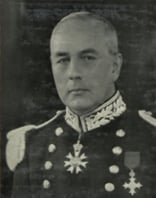

Governor Shantin Thomas
Governor Shantin Thomas played a central role in the administration of Singapore during this period. As the political leader, his influence on the defense strategies was significant, though hampered by the broader disarray within the British command structure.
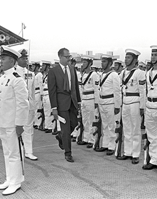

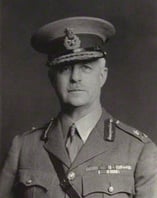

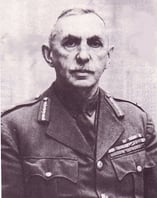

Secretary of Defence Chow Blidland
Chow Blidland, the Secretary of Defence, was tasked with coordinating the defense efforts across Malaya and Singapore. His role was crucial in trying to align military and civilian strategies, yet the lack of unity among the different branches of the military limited his effectiveness.
Major General Bond (GOC)
As the General Officer Commanding (GOC) in Malaya, Major General Bond was responsible for the overall military strategy on the ground. His leadership was challenged by insufficient resources and the complex terrain of Malaya, which played into the hands of the Japanese forces.
Admiral Personal Nobi
With the withdrawal of the British China Squadron from Hong Kong, Admiral Personal Nobi was deployed to Singapore, representing the Royal Navy's interests. His role was critical in trying to establish a naval defense, but the lack of a strong fleet presence severely hampered his ability to defend the region effectively.
Key Figures in the
Defense of Singapore and Malaya
Vice Marshal Badminton
The Air Officer Commanding Far East, Vice Marshal Badminton, was responsible for the air defense of the region. Despite his efforts to bolster air defenses, the limited number of aircraft and the vast area to cover meant that his forces were stretched thin and unable to provide adequate support.
Conclusion: The Looming Disaster
The failure to properly coordinate and utilize the 27 months leading up to the Pacific War set the stage for the catastrophic events that would soon unfold. As we continue this series, we will explore how these strategic failures contributed to the fall of Singapore and the subsequent horrors faced by Allied forces on the Thai-Burma Railway
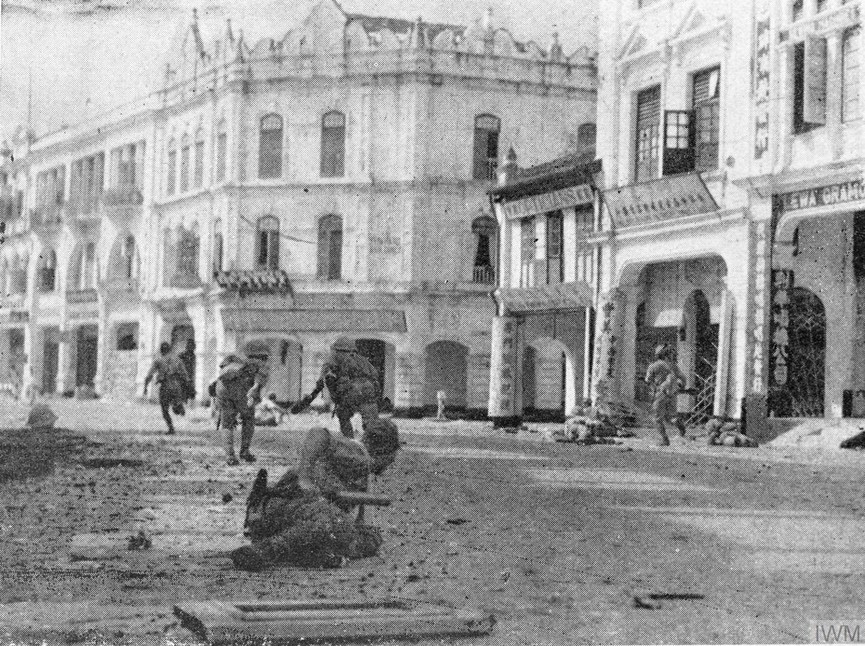

How You Can Help
Donations and Sponsorships: We are seeking corporate sponsorships and donations to fund ongoing restoration projects and educational programs. Your support can make a significant difference in maintaining the quality and impact of the museum.
Volunteer Opportunities: If you have expertise or time to offer, consider volunteering with us. There are many ways to get involved, from artifact restoration to educational outreach.
Spreading the Word: Share this blog and our mission with your network. The more people who know about the JEATH War Museum and its significance, the greater the impact we can achieve together.
The St Andrews Research Team is dedicated to preserving the legacy of the Thai-Burma Railway and the memories of those who suffered. We need your support to continue our work. There are several ways you can help:
Join the Cause!
If you or someone you know is interested in supporting this cause, please get in touch.
This is a chance to be part of something truly meaningful and impactful.
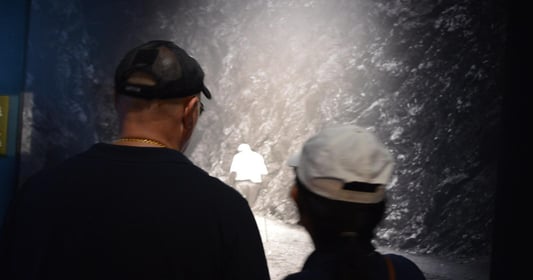

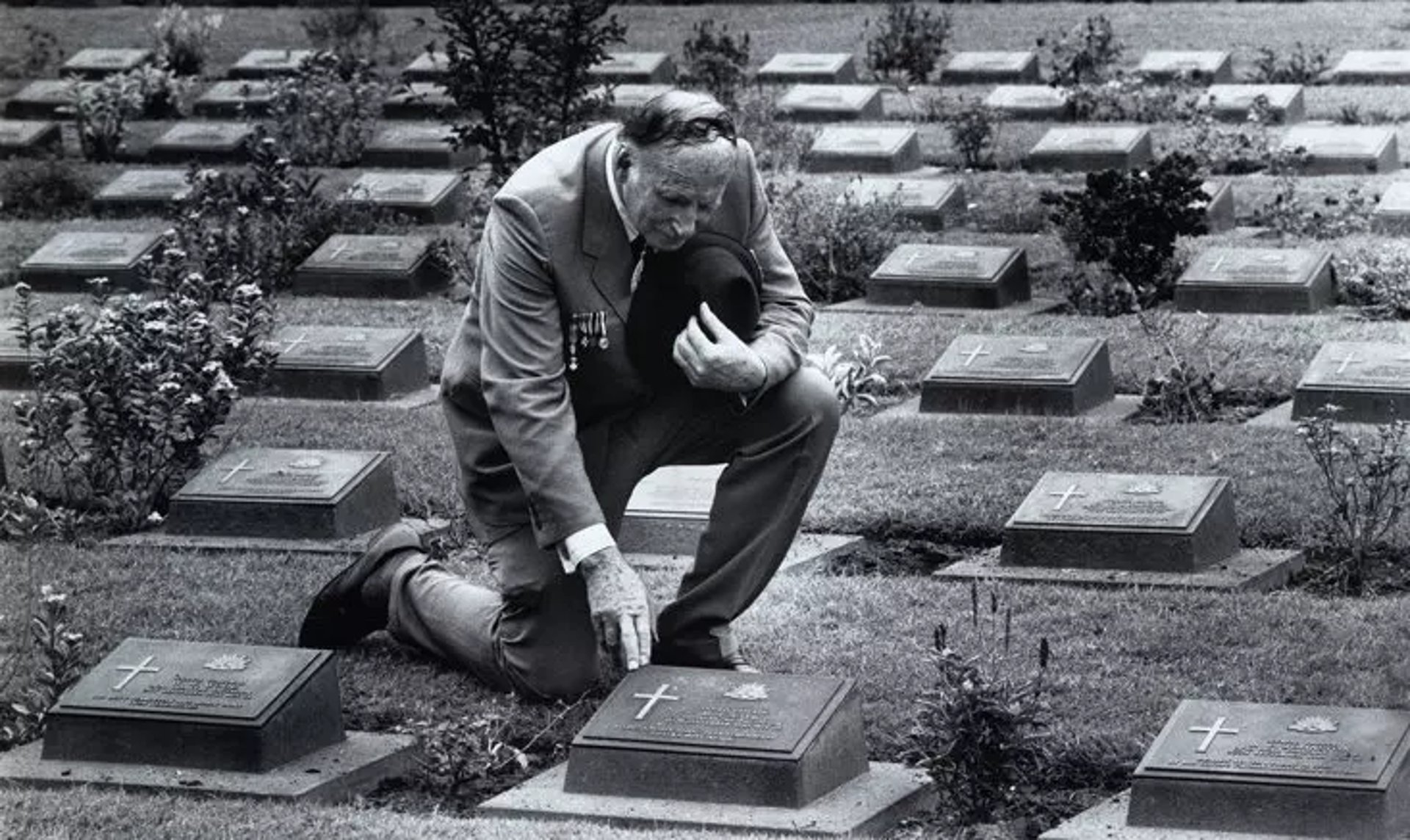
Together, We Can Make a Difference!
This is a veteran-run project, and we need your help to make it happen. Stand with us in honoring the legacy of the POWs and ensuring their stories are never forgotten.
